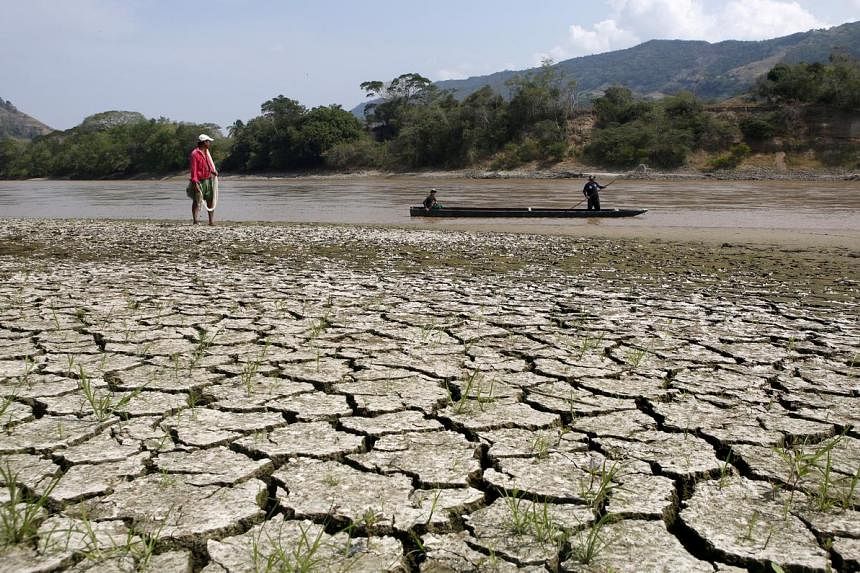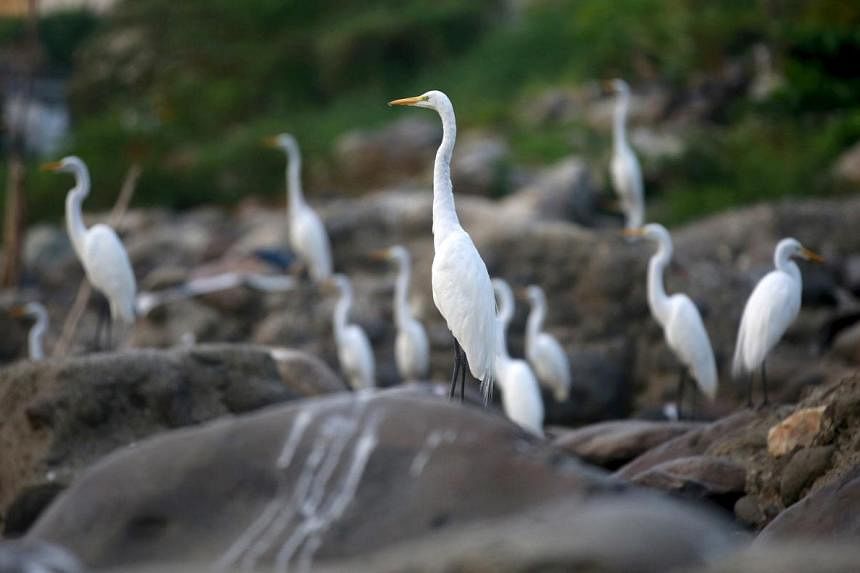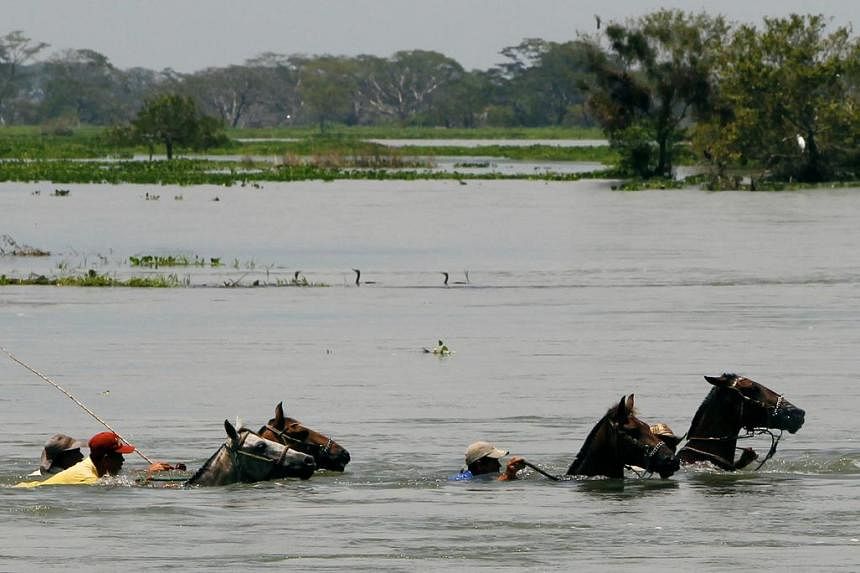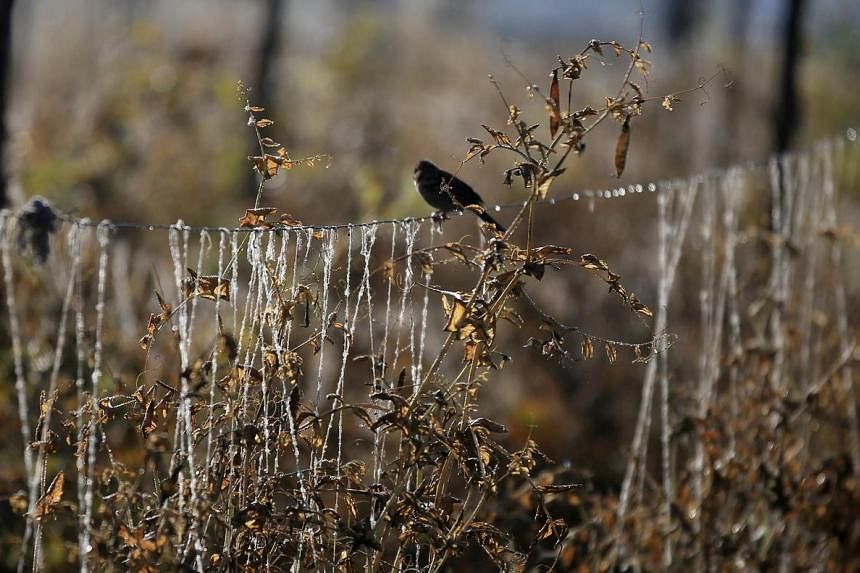Latin American nations must be on high alert as the weather phenomenon known as El Nino rapidly switches over to La Nina, experts said on Thursday, leaving populations and crops little time to recover.
El Nino and its abundant rains could soon turn into droughts caused by La Nina as well as an intense hurricane season across South America, experts said at a panel organized by the United Nations' Food and Agriculture Organization (FAO).
The full weather pattern involving El Nino, La Nina and a neutral phase typically lasts between two to seven years. But experts said that the transition period from El Nino to La Nina is getting shorter.
"We just saw it happen," said Yolanda Gonzalez, director of the International Research Center for the El Nino Phenomenon. "A year ago we came out of a Nina, and in March there were already signs of a Nino."
"Now in March, April there are signs of a Nina," she added. "We haven't been able to recover from the impact."
In South America, the weather patterns can hit key crops such as wheat and corn, denting commodity-dependent economies.
The phenomenon is not caused by climate change, FAO's technical team told Reuters, but experts have seen that the effects of the weather pattern, such as rainfall, heat waves and drought, have become more extreme.
The rapid transitions between El Nino and La Nina could also be correlated with climate change, FAO said, though scientists have yet to establish definitive causation.
"These abrupt changes, and the fact that these cycles are now almost overlapping, ultimately decreases the ability to adapt to the changes," said Marion Khamis, FAO's regional risk management specialist. "This implies a huge challenge." REUTERS




